
5 Stretches To Try After A Long Day In The Classroom
1 CommentSitting all day can take a major toll on the body. When you are in class or at work all day, most often you are focused on learning, completing projects, engaged in work, etc. and not paying attention to your posture. Take a deep breath and don’t be so hard on yourself, it’s okay to have days when you are sitting for long periods of time, however it is important to find time to stretch and get your body into different positions so that you don’t develop tight muscles that can lead to dysfunction or pain in the future. This article will cover five exercises that can help you to unwind after a long day and keep your body tuned up to keep moving well. I will provide modifications and variations to try in order to give you different options to stretch various muscles and areas of the body that get tight from sitting for long periods of time.
Before I introduce the stretches, I wanted to give some tips on safe and effective stretching. Firstly, never push into sharp pain. It is common with stretching to feel mild discomfort and an achy or pulling sensation, but it should be at a tolerable level that you can hold for one minute without changing positions. With all of these stretches the aim will be to slowly settle into the position and hold for one to two minutes. Do not rock back and forth or quickly move in or out of the positions. When you get into the stretch position, focus on breathing and holding a mildly sustained stretch. It should feel like something is happening but not cause you to grimace. Now, let’s get into it!
1. Hip Flexor Stretch
When someone sits for long periods of time their hips are usually placed in a 90-degree flexed position which causes the hip flexor muscles to become tight. It is important to have good flexibility in the front of your hips as it impacts the posture of your hips and low back. See below for variations to try to stretch your hip flexors.
You can try a kneeling or lunging position like shown in the picture below. Start kneeling and shift your body forward making sure to keep your tailbone tucked to get a more effective stretch. It can help to tighten or flex your glute muscle of the leg you are kneeling on. You should feel the stretch in the front of the leg that is kneeling.
2. Hamstring Stretch
The majority of people that walk into our clinics are experiencing tight hamstrings. It is very common for people who sit for long periods of time because your knees are bent the whole time. Here are some tips for those who are new to hamstring stretching. It is best to stretch one leg at a time. Focus on hinging your hips with a straight back instead of reaching for your toes and letting your low back flex forwards as this does not stretch your hamstring as much.
Do this:
Avoid this:
3. Overhead Arms & Doorway Stretch
Your mid-back, or thoracic spine, is often flexed forwards giving people that rounded, slumped posture. When sitting and focusing in class you may find that you have just spent over an hour in poor posture. It is okay to be in a flexed position for some period of time as the spine is made for that, but it is important to then undo that posture by sitting up tall and extending your back to balance how much time you have your spine in various positions.
By either reaching up overhead or using your arms on a doorway, you can stretch out the chest and shoulder muscles and straighten your spine up. It feels good to take some deep breaths in this position.
4. Glute And Spinal Rotation Stretch
One of my favorite stretches if I am just feeling stiff in general after sitting for a long time is a whole-body spinal twist and hip stretch across your body. Set up by bringing one leg across your body and holding the knee with the opposite arm. Then rotate your back to feel a good stretch. Some people feel it in their top hip, low back, or shoulder. Wherever you feel it, it’s a good stretch as long as you don’t have any sharp pain.
5. Cat Cow
This is another great way to get the spine moving after feeling stiffness in your back. Start on hands and knees and flex and arch your back, dropping your head and tail bone. Then reverse and extend your spine. Breathe and move through this. Instead of a long one to two-minute hold, this is best done with movement moving every three to four seconds. This motion helps your body have improved strength and control around the spine and helps the vertebrae stay lubricated at the joints.
Finally, this is your reminder that it is best to warm up a bit before stretching, even if that means walking for five to ten minutes or doing your stretches after a shower, it can help the stretching be more comfortable and effective. I hope you have gotten some ideas on how to incorporate stretching into your day if you feel stiff or sore. If you are looking for some extra assistance to start moving better, increase flexibility, or manage pain, schedule a free assessment at a location near you. Free Assessments are available in-person and virtually through our Telehealth platform.
*Per federal guidelines, beneficiaries of plans such as Medicare, Medicaid, Tricare, VHA and other federally funded plans are not eligible for free assessments.
The Athletico blog is an educational resource written by Athletico employees. Athletico bloggers are licensed professionals who abide by the code of ethics outlined by their respective professional associations. The content published in blog posts represents the opinion of the individual author based on their expertise and experience. The content provided in this blog is for informational purposes only, does not constitute medical advice and should not be relied on for making personal health decisions.
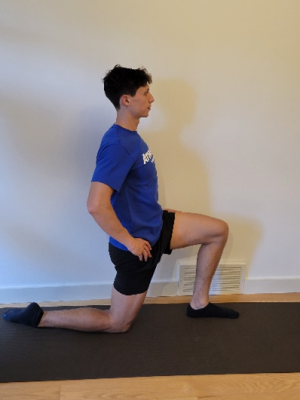
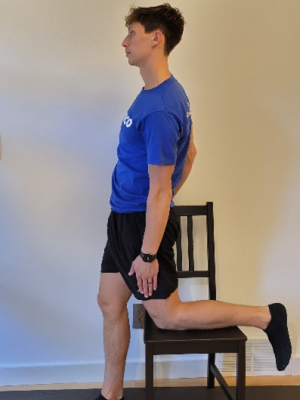
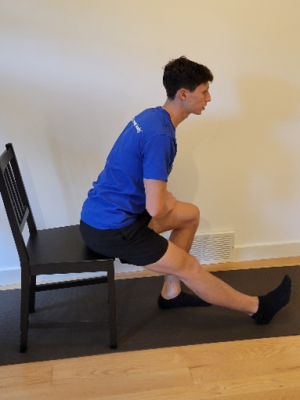
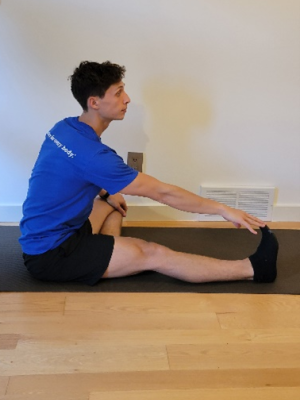
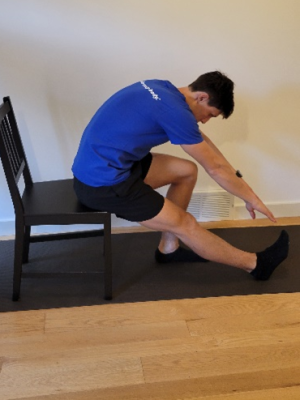
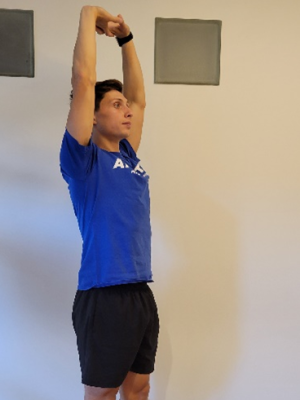
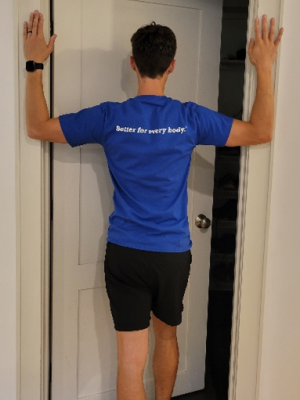
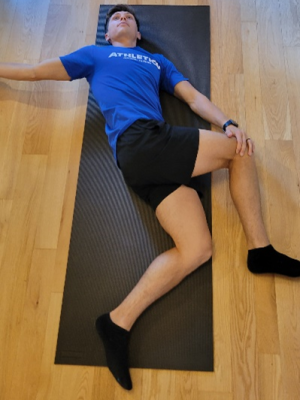
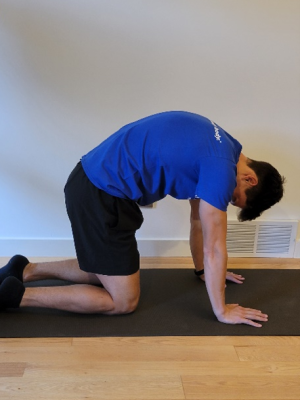
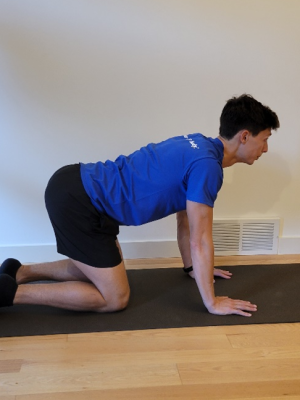

1 Comment
Anneliesa Gaunt
Thank you for the great information!